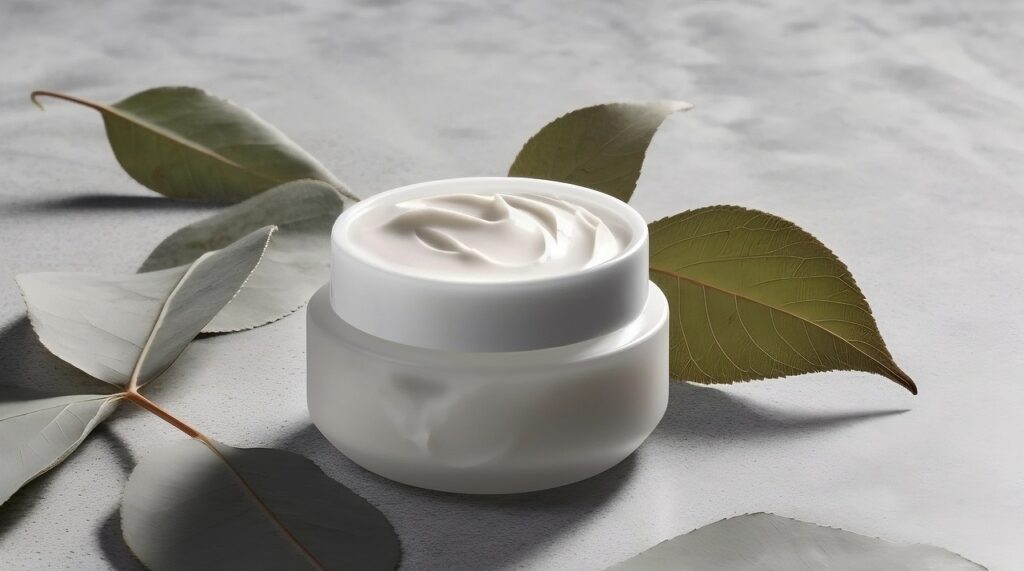Chemical skin peels, also known as Medical peels, are often used in dermatology to address aging concerns and pigmentation disorders. These peels involve the application of a chemical solution to the skin, which exfoliates the outer layer and promotes the regeneration of new, healthier skin. The types and strengths of peels used for aging and pigmentation disorders can vary based on the specific concerns and the individual’s skin type.
Commonly compounded Chemical Peels include:
- Glycolic Acid 10 to 60%
- Jessner 10%
- Jessner 14%
- Lactic Acid 20%
- Mandelic Acid 20%
- Mandelic Acid in Combination with Salicylic Acid
- TCA 8 to 30% Peels
- Tretinoin 1 to 5%
- Alpha Hydroxy Acid (AHA) Peels:
- Types: Glycolic acid and lactic acid are common AHAs used in peels.
- Strengths: AHA peels are available in various strengths, ranging from mild to stronger concentrations (typically 20% to 70% or higher). Lower concentrations are often used for more superficial peels, while higher concentrations may be used for more significant skin concerns.
- Beta Hydroxy Acid (BHA) Peels:
- Types: Salicylic acid is a common BHA used in peels.
- Strengths: BHA peels are available in different strengths, often ranging from 20% to 30%. Salicylic acid is particularly effective for oily and acne-prone skin and may also address pigmentation issues.
- Trichloroacetic Acid (TCA) Peels:
- Strengths: TCA peels come in varying strengths, typically ranging from 15% to 35%. TCA peels are known for their efficacy in addressing pigmentation disorders, such as sun damage and melasma. They are also used for treating fine lines and wrinkles.
- Jessner’s Peel:
- Composition: A combination of resorcinol, salicylic acid, and lactic acid.
- Strengths: Jessner’s peels are usually applied in multiple layers, and the strength can be adjusted based on the specific needs of the patient.
- Phenol Peels:
- Strengths: Phenol peels are deep peels and are typically used in lower concentrations, often around 10% to 15%. These peels are reserved for more severe signs of aging and pigmentation and require careful application due to their depth of penetration.
- Combination Peels:
- Composition: Some peels may combine different acids to address multiple skin concerns simultaneously.
- Strengths: The strengths of combination peels can vary based on the specific acids used and the desired outcome.
It’s important to note that the choice of peel type and strength should be tailored to the individual’s skin type, concerns, and desired outcome. Additionally, chemical peels should be performed by qualified skincare professionals or dermatologists to ensure safety and optimal results. Pre-treatment evaluation and post-peel care are crucial aspects of the process to minimise potential side effects and promote proper healing. Always consult with a healthcare professional to determine the most suitable peel for your specific needs.

Lane Khin, the compounding pharmacist of My Skin Pharmacy, brings a wealth of knowledge from the worlds of pharmacy and dermatology to the table. With degrees in Pharmacy and Applied Science from QUT, Lane combines a deep understanding of compounding and skincare with a friendly, accessible approach. Through My Skin Magazine, Lane shares her expertise, offering readers practical advice and insights into personalised skincare solutions. Lane has a real passion for helping others achieve their best skin.

